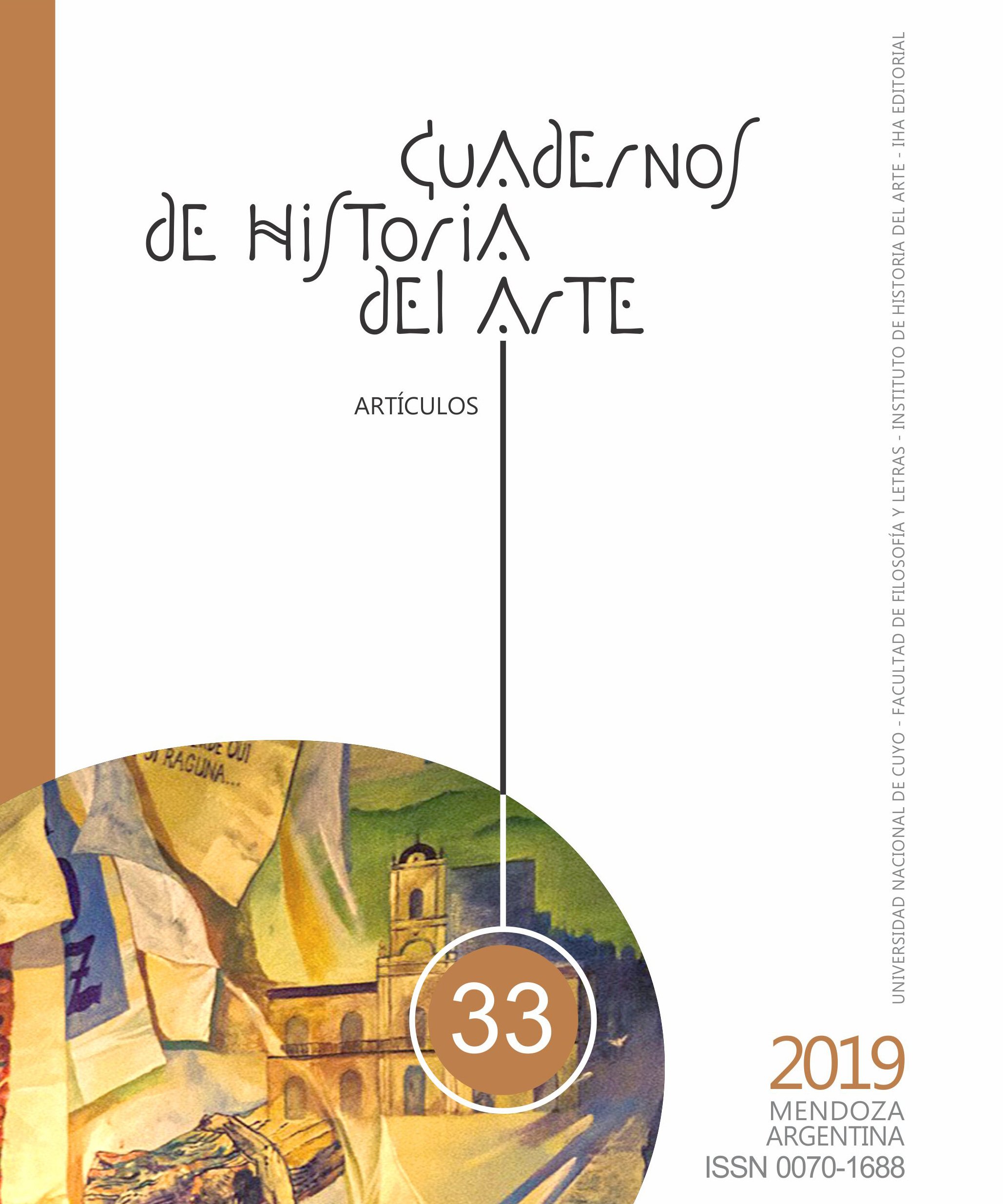La manumisión como dimensión política de la libertad en la Provincia de Cartagena, 1800 - 1810
Parole chiave:
Manumisión, Libertad, Disputas, Esclavitud, Provincia de CartagenaAbstract
La propuesta central de este proyecto investigativo radica en analizar la dinámica que se dio en el proceso de manumisión, durante el siglo XIX, en la Provincia de Cartagena. Básicamente lo que se intenta explicar son los medios que tuvieron los negros esclavizados para dejar su condición de esclavo. Se hará énfasis en el recurso de la manumisión, encontrado en los manuscritos de los litigios efectuados, en el fondo de negros y esclavos del Archivo General de la Nación; es importante no perder de vista que se rastreará la voz de estos actores sociales y su acceso a la libertad.
Es por tanto que el presente trabajo investigativo analizará los recursos que utilizó un negro esclavo, de nombre desconocido, quien durante el año de 1802 buscó los mecanismos para obtener su libertad en la provincia de Mompox. No obstante, se estudiará el pleito entre Francisco Blanco de Castilla, por los títulos de propiedad de un negro esclavo de nombre Clemente, de edad de 13 años, dado en la provincia de Santa Cruz de Mompox, en la costa del rio Grande de la Magdalena de la gobernación de Cartagena de Indias.
La manumisión como mecanismo para obtener la libertad, frente algunos casos que se generaron en la provincia de Cartagena en los años 1800 - 1810.El mecanismo de la manumisión es detallado en el tiempo como un proceso legal en algunas veces confronta la viabilidad de los esclavos frente a sus amos, en ello podemos constatar el mecanismo que se opone y se impone como dispositivo en el sistema esclavista.
En este recorrido percibimos la manera en que la manumisión como una actos legal origino un cambio de perspectiva frente a la esclavitud dominante, no fue solo en un lugar determinado que pudo obtener esta opción legal, sino que en muchos lugares fueron puesto a disposición por los esclavos muchas veces, un cambio de condición que no solo quedo en el pensamiento, no quedo en una aceptar de la esclavitud de por vida, sino que se empleó en los hechos generados que determinaron varios casos, en que su finalidad estuvo en poder tener una recompensa significativa para ellos llamada carta de libertad.
Es por ello que en este estudio nos interesa analizar la manumisión de los negros en el Caribe de tierra firme, más concretamente en la Provincia de Cartagena de Indias, destacando dicha opción como una de las vías legales a las que apelaron los negros esclavos para obtener su libertad. Partiendo así de las dinámicas que se vivían en el Caribe para ese momento, ilustrando a través de algunos ejemplos del periodo cómo fueron estos mecanismos usados por parte de los negros ya manumitidos y de qué forma fueron determinantes en la ciudad, basándose en las fuentes encontradas en el A.G.N. y el Archivo Histórico de Cartagena de Indias.
Riferimenti bibliografici
Alfonso el Sabio. Las siete palabras. Ed. Alfonso Díaz de Montalvo. Sevilla: Ungut y Polono, 1491, en: María
Cristina Navarrete. San Basilio de Palenque: Memoria y tradición, surgimiento y avatares de las gestas cimarronas en el Caribe colombiano. Colecciones de libros de investigación. Cali, programa Editorial universidad del Valle, 2008.
Herrera, Marta. "El arrochelamiento: Nominar para criminalizar", en: revista El Taller de la historia. Tomo Nº 2, Universidad de Cartagena.
Munive, Moisés. "Resistencia estética. Los negros colombianos contra la esclavitud: Cartagena y Mompóx, siglo XVIII", en: tiempos modernos. Revista electrónica de historia moderna, vol.5, Nº.19, España: 2006.
Tovar, Hermes. De una chispa se forma una hoguera: esclavitud insubordinación y libertad. Tunja: UPTC, 1992.
Escalante, Aquiles. El negro en Colombia. Bogotá: Universidad Nacional de Colombia. 1964.
Documentos
A.G.N. Colombia: Sección: Colonia. Fondo: Negros y esclavos – Santander. Legajo 4. Folio 109.
A.G.N. Colombia. Fondo: Colonia. Grupo: negros y esclavos. Sección: Bolívar. Folios 258-250
Downloads
Pubblicato
Come citare
Fascicolo
Sezione
Licenza
Los artículos enviados al Comité Editor del Instituto de Historia del Arte, para ser publicados, los autores reservan su derecho de propiedad, pero otorgan a la Editorial los derechos de impresión y aceptan la difusión tanto en papel, como en internet y en aquellos sitios virtuales de las cuales los CHA formen parte.

Esta obra está bajo una Licencia Creative Commons Atribución-NoComercial-CompartirIgual 3.0 No portada


















_00.07_.55_2.png)





